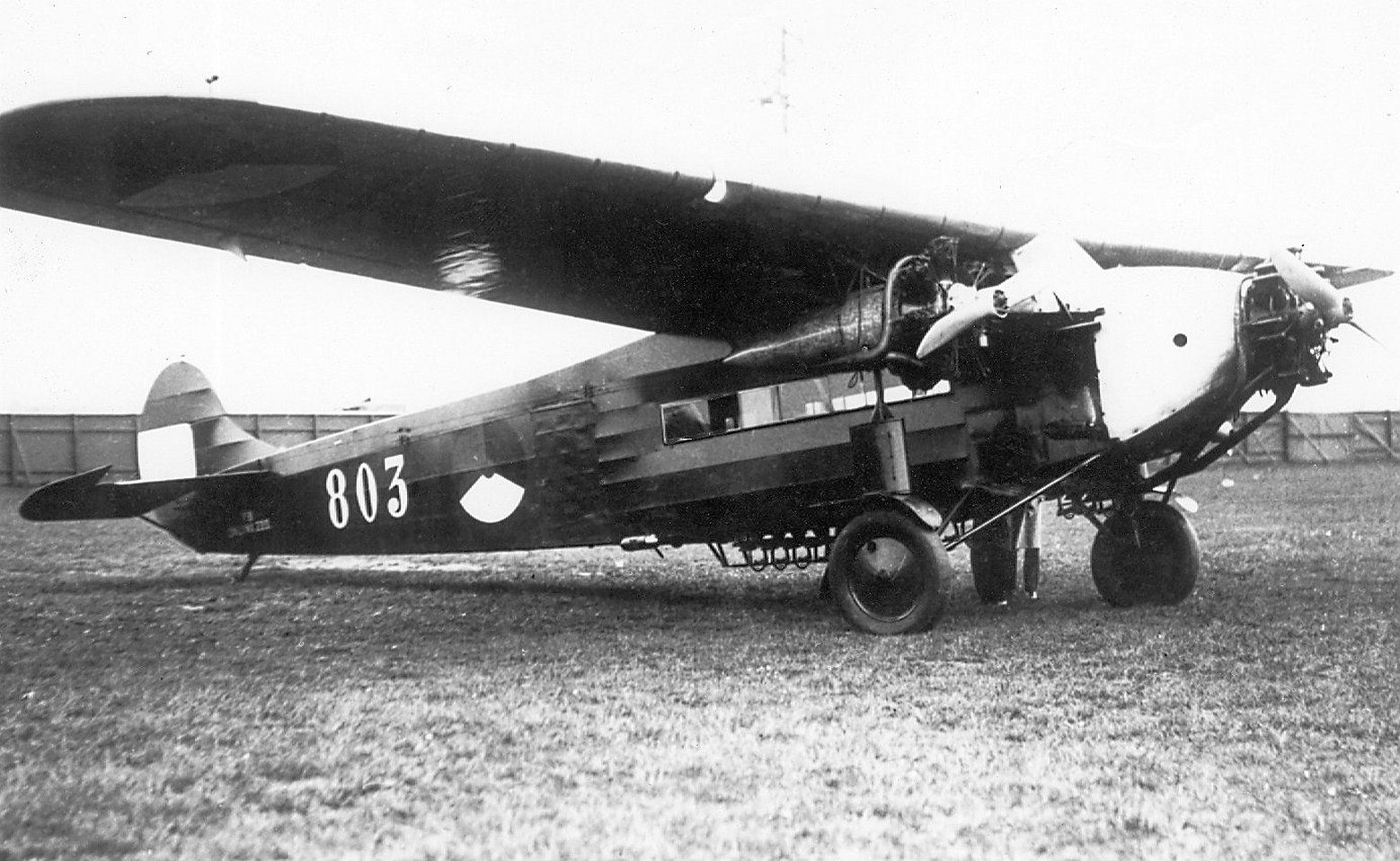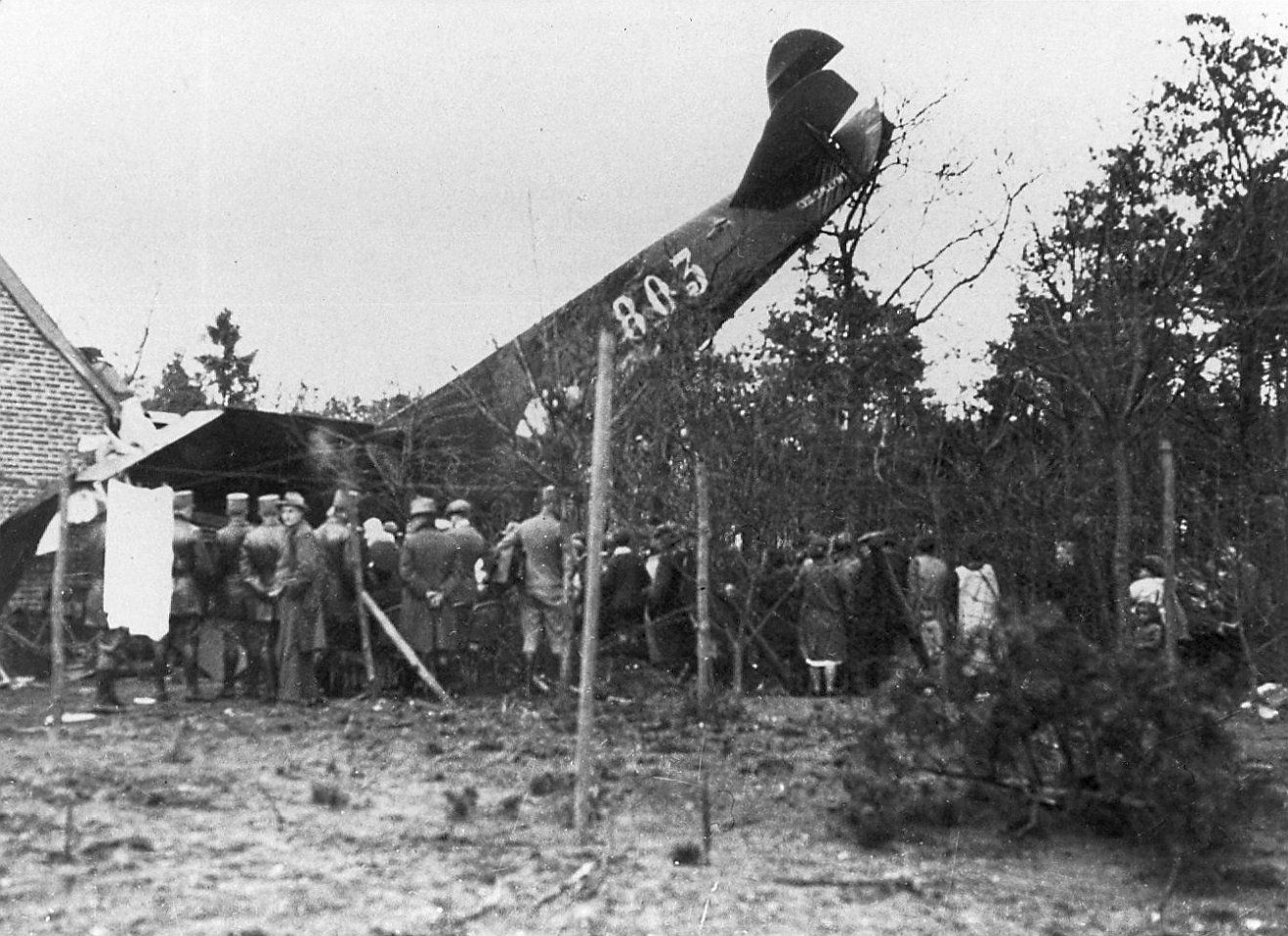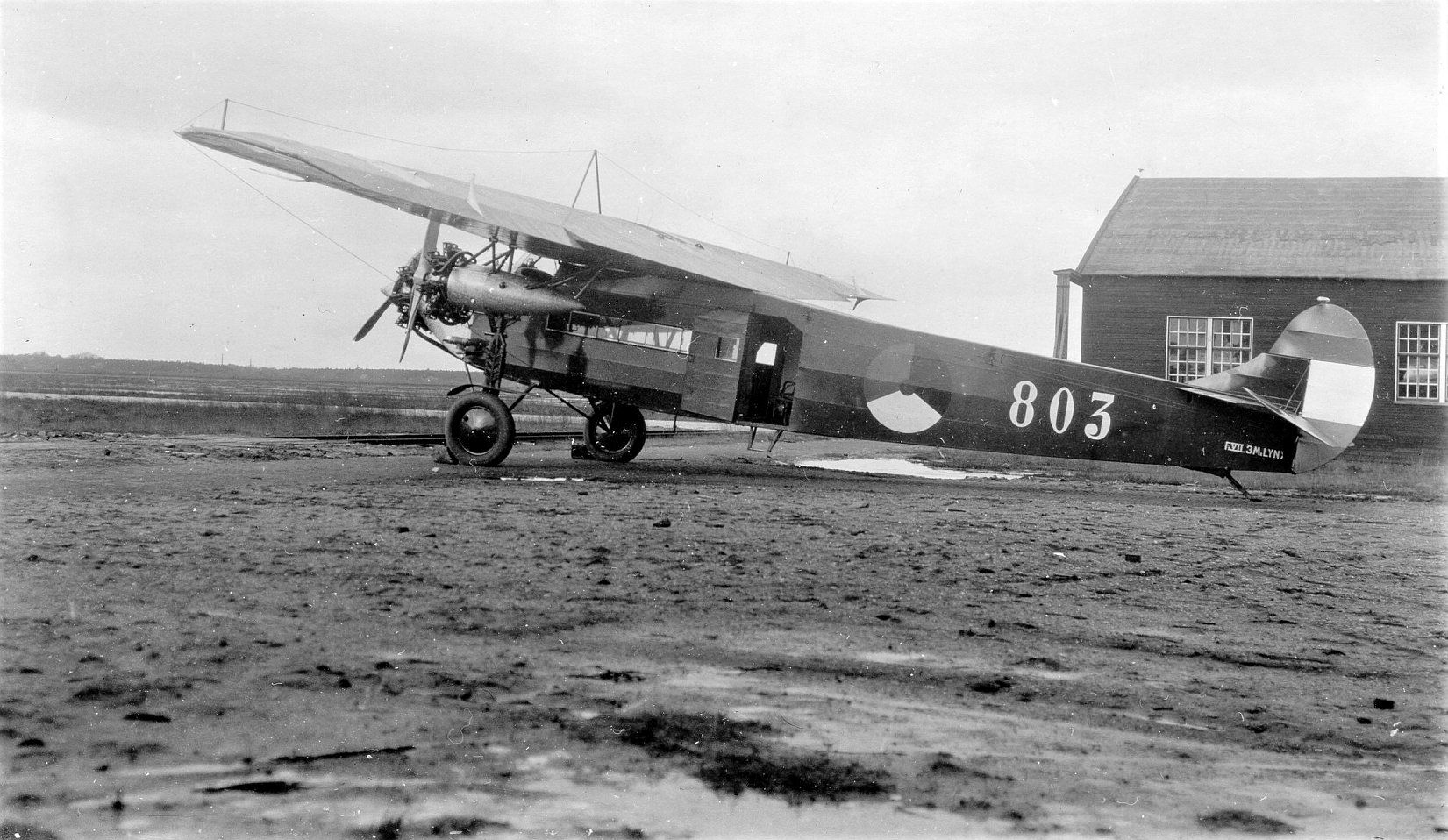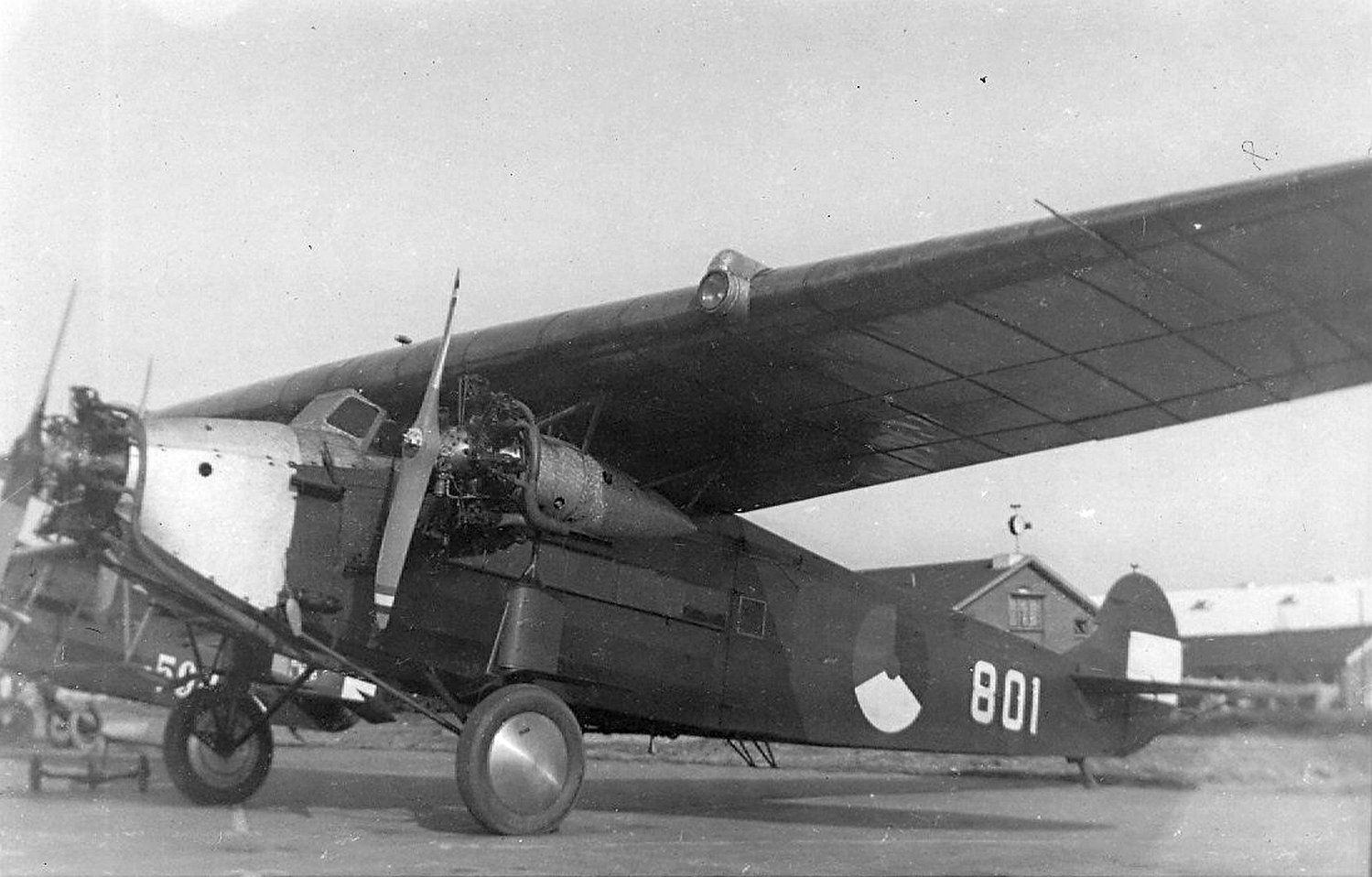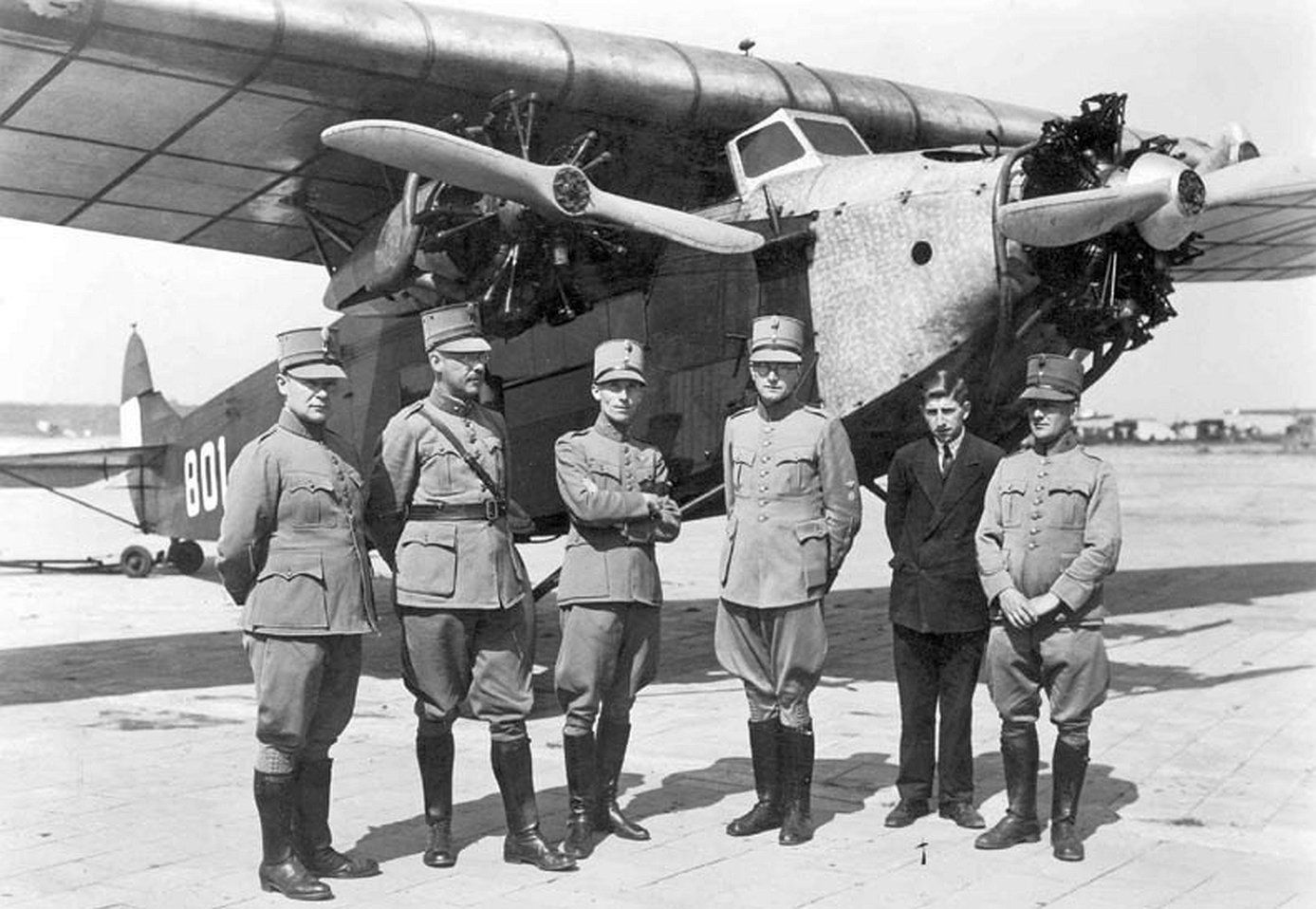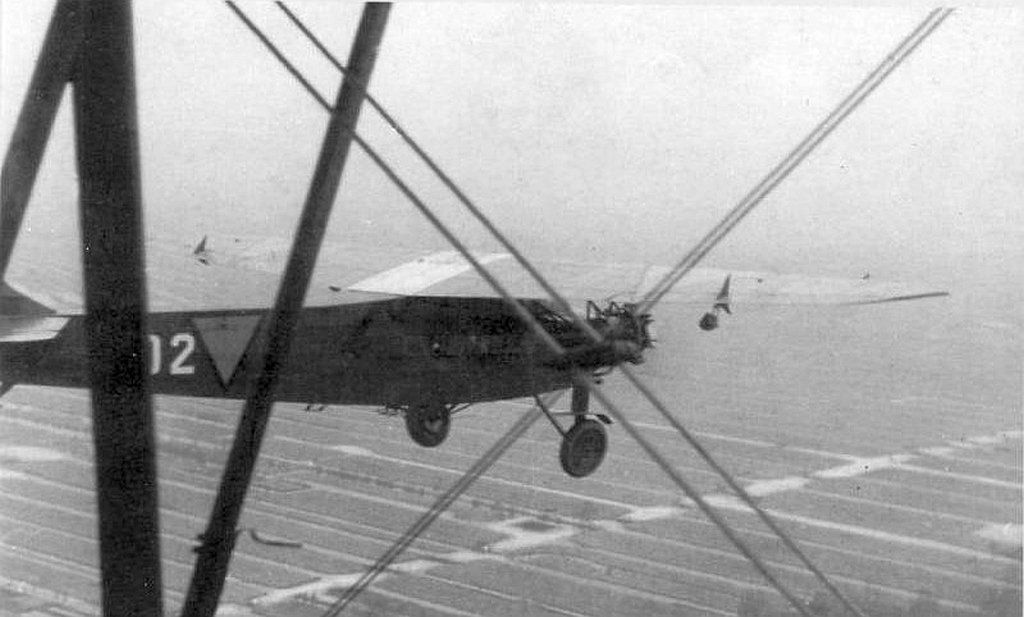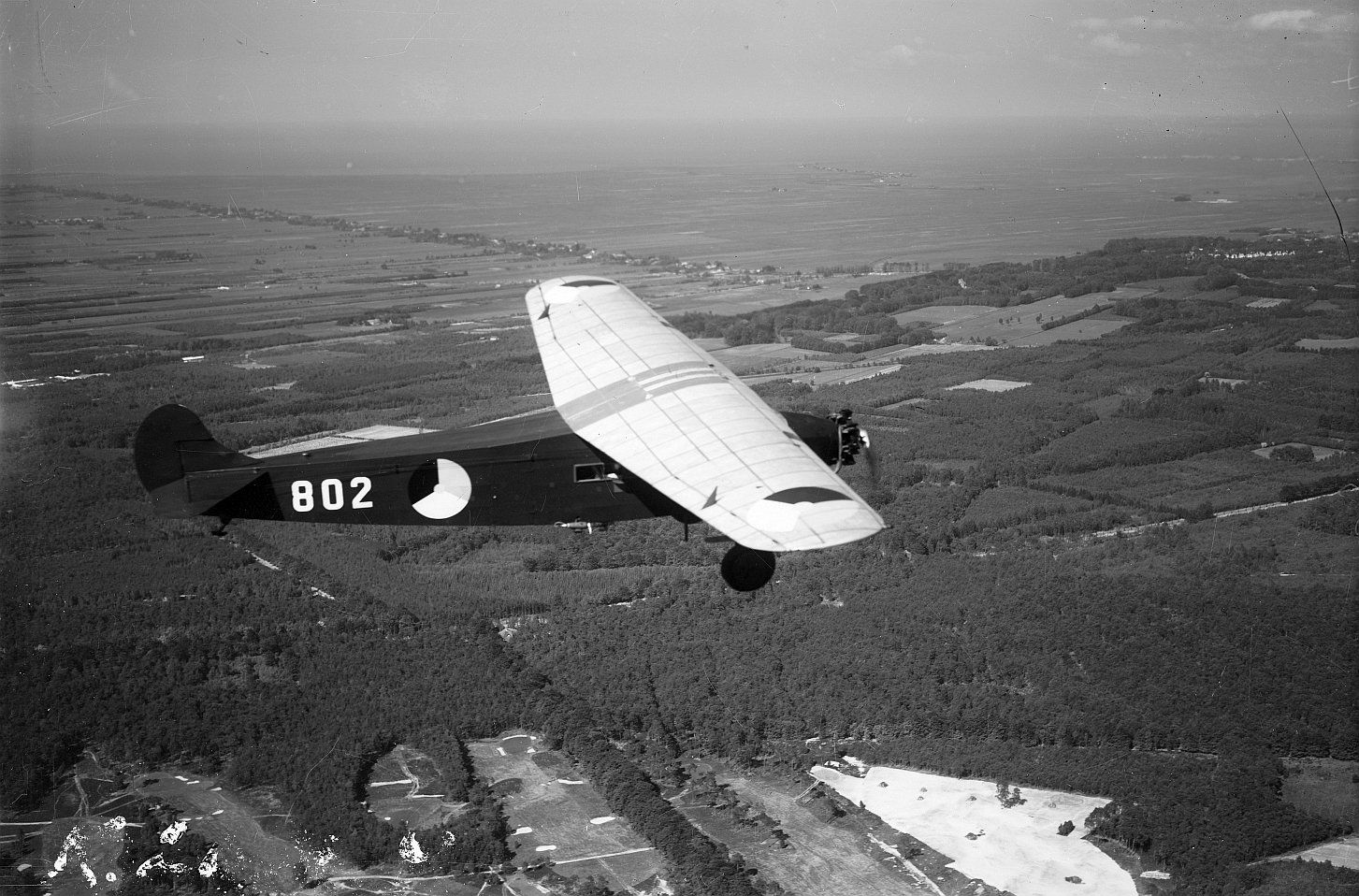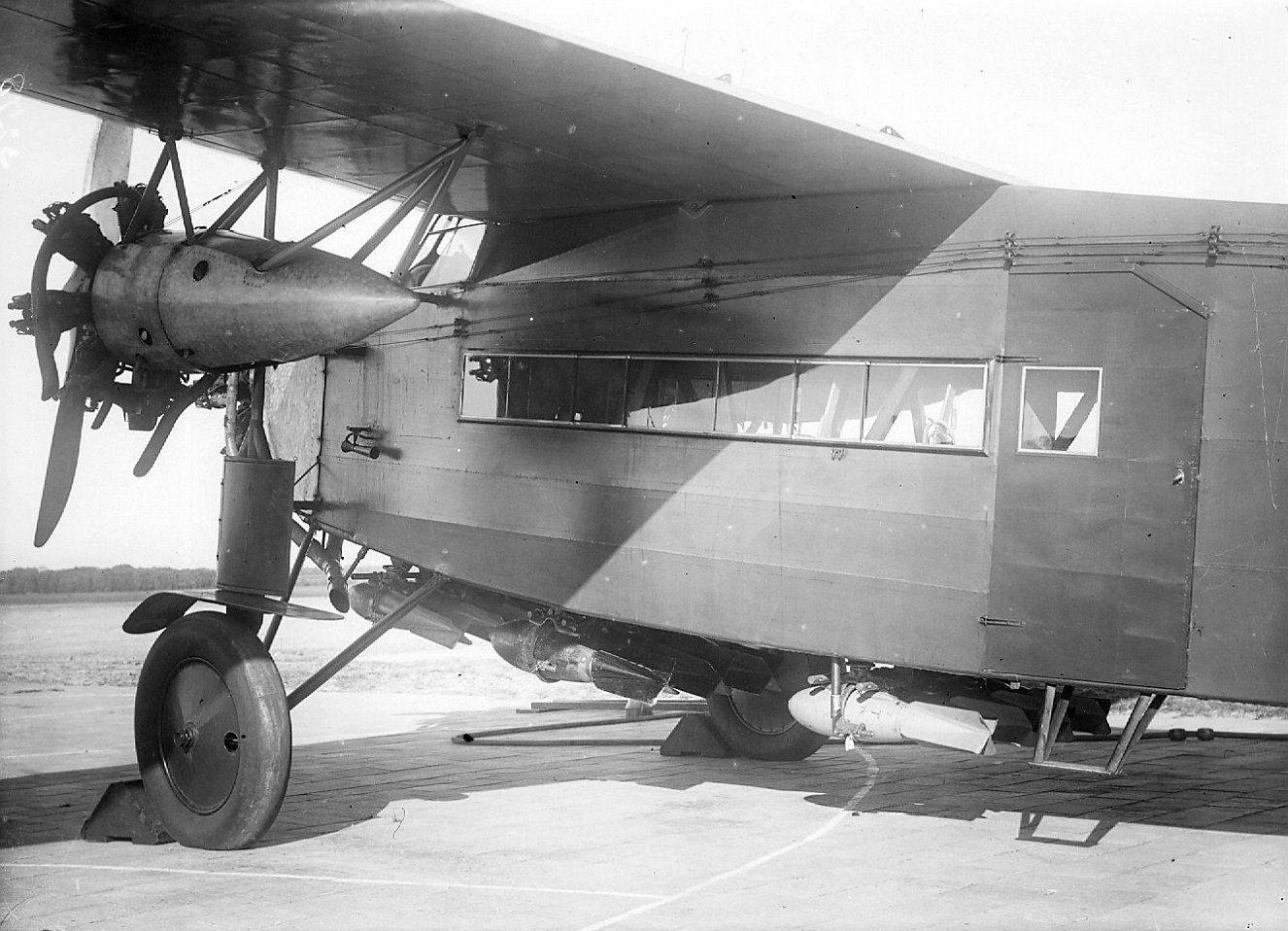Fokker F.VIIA-3m/M
The F.VIIA-3m / M is a modified version of the F.VIIA-3m, the “M” stands for Military.
Fokker delivered three of these aircraft to the LVA in 1928. Two of them straight from production, plus the existing H-NAEA, which had made a flight to the Dutch East Indies.
(The Aviation Department of the Royal Netherlands Army (LVA) was the predecessor of the Dutch Royal Air Force )
Bomber versions of the F.VIIA-3m/M were built in Poland under license.
Unfortunately there is no documentation available for these Polish aircraft.
Bomb racks could be placed under the fuselage of the LVA aircraft, to be used for bombing practise.
The LVA aircraft crew of the F.VIIA-3m/M received their first training on the Fokker T-5 bomber.
The LVA F.VIIA-3m / M's were also used for cargo transport, ambulance aircraft, dropping paratroopers and for calibrating radio frequencies.
The, NLL, The National Aviation Laboratory (Nationaal Luchtvaartlaboratorium), also used the LVA F.VIIA-3m/M for aviation related measurements and calibration..
All three LVA owned aircraft were destroyed in May, 1940. Two of which had already been phased out by then, and the third was still active.
Click on the photo to enlarge the photo



